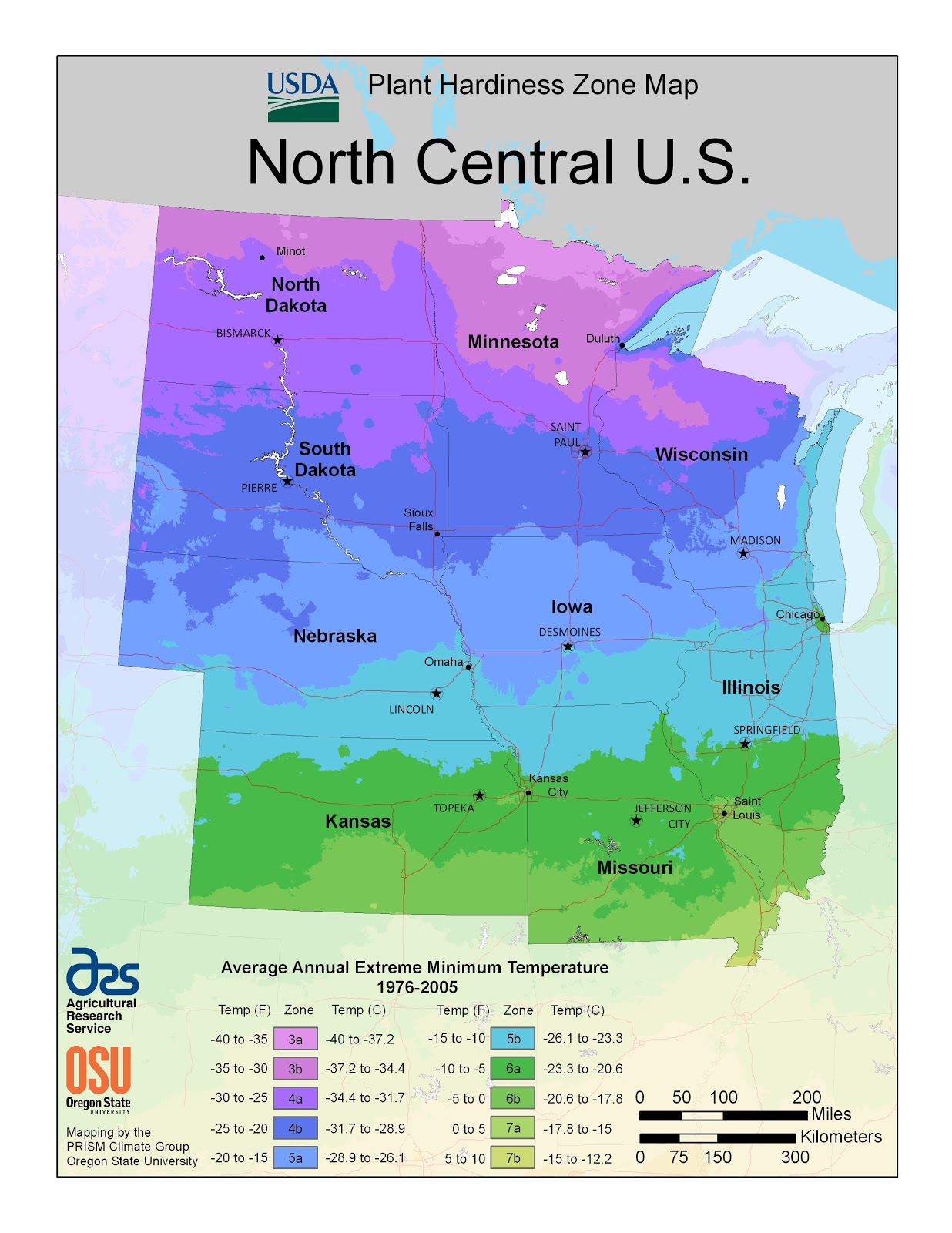Temperature
Seasonal crops depend on particular temperatures for maximum growth and productivity because the temperature affects the functional activity of root system rate and duration of plant growth. Somewhere between the minimum and optimum air and soil temperatures for a plant grown is a realistic and ideal temperature for every plant. These optimal temperatures are used to help create the USDA hardiness zones. Every few years, the zones are updated based on climate data.
Corn is considered a warm-weather crop and needs over 140 days between the date of last and first freeze, known as the frost-free period. The plant will optimally grow when daytime temperatures range between 75˚F and 90˚F and between 65˚F to 75˚F at night. It can survive brief exposures to adverse temperatures, such as temperatures ranging from near 32˚F to over 100˚F.

Source: USDA.gov